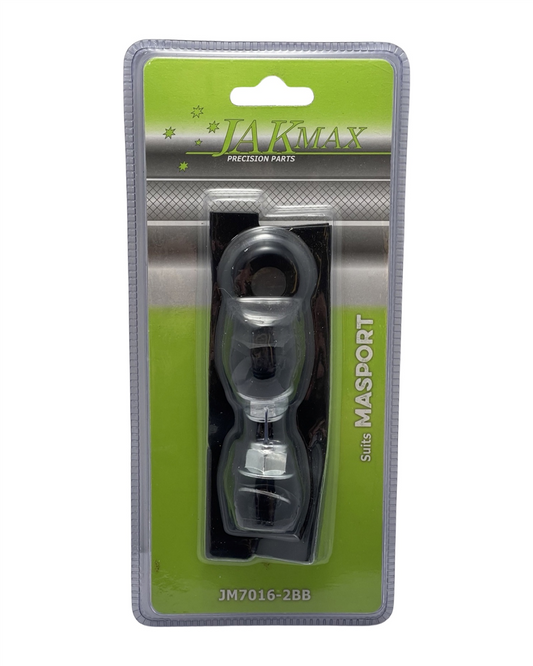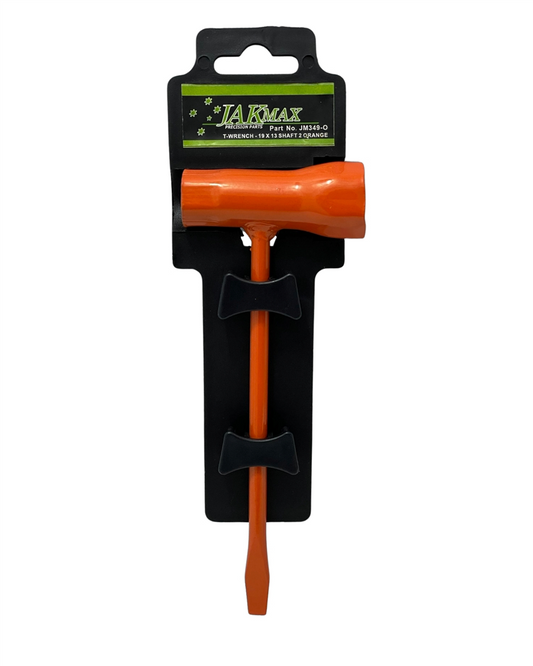What I wish I knew about soil moisture levels before starting my garden
Share
How Understanding Soil Moisture Levels Can Save Your Garden
So, you’re ready to create the garden of your dreams. You’ve picked out plants, planned your layout, and even fantasised about enjoying a cuppa in your lush backyard retreat. Then reality hits—your plants look droopy, the soil is either too wet or too dry, and you’re wondering where it all went wrong. Trust me, I’ve been there.
Before you dig another hole or drench your struggling garden in water, let’s talk about one game-changing factor—soil moisture levels. Understanding this can set you up for gardening success, saving you time, money, and a whole lot of frustration.
Why Soil Moisture Levels Matter
Soil moisture is everything. It’s what keeps your plants hydrated without drowning them. Too much water? Roots suffocate and rot. Too little? Your garden wilts faster than a forgotten lettuce in the crisper. The trick is finding that sweet spot where plants are happily sipping moisture right when they need it.
Good soil moisture management helps plants:
- Stay strong and healthy
- Develop deep, resilient roots
- Absorb nutrients efficiently
- Survive dry spells without constant watering
And let’s not forget—the right moisture balance means fewer pesky weeds and diseases sneaking in to ruin your hard work.
What I Wish I Knew Before Starting My Garden
Not All Soil Types Hold Moisture the Same Way
Your soil type dictates how much water it retains. If you’ve got sandy soil, water drains through faster than a kid through lollies. Clay soil? It holds onto moisture like a sponge but can become waterlogged. Loamy soil? That’s the gold standard—holding moisture while staying well-drained.
The best way to check your soil type? Grab a handful, squeeze it, and see how it behaves. Loose and crumbly? Sandy. Sticky and clumpy? Clay. Holds its shape but breaks apart easily? That’s loam.
Overwatering is Just as Bad as Underwatering
It’s natural to want to give plants extra love with water, especially in dry weather. But drowning them can lead to weak roots, fungal diseases, and, ironically, more dehydration as the struggling roots stop working properly.
A quick trick? Stick your finger a few centimetres deep into the soil. If it feels damp, hold off on watering. If it’s dry, time for a drink.
Mulch is a Game-Changer
If there’s one thing I wish I had used from day one, it’s mulch. A good layer on top of the soil locks in moisture, regulates temperature, and keeps weeds from stealing water meant for your plants. Organic options like sugarcane mulch, bark chips, or straw work wonders.
Deep Watering Beats Frequent Sprinkling
Shallow watering only encourages weak, surface-level roots. Deep watering—where the moisture soaks further into the soil—helps plants develop strong roots that can reach water even when the topsoil dries out.
Drip irrigation or soaker hoses make this easy by providing slow, deep hydration right where it’s needed.
Simple Ways to Perfect Soil Moisture
Now that you know why soil moisture is important, here are a few easy ways to get it right:
- Invest in a soil moisture meter—it takes the guesswork out of watering.
- Water in the early morning or late afternoon to reduce evaporation.
- Improve your soil with compost—it helps with both drainage and moisture retention.
- Group plants with similar water needs together to avoid over- or under-watering.
Your Garden’s Success Starts with the Soil
Getting soil moisture right turns gardening from a guessing game into a joy. Healthy, hydrated soil means thriving plants, fewer problems, and a space you can actually enjoy instead of constantly fixing.
So before you grab that watering can, take a moment to check your soil. A little attention now will save you plenty of effort later.
Happy gardening!
Cheers,
Candeece

Stay Connected
Join our gardening community on Facebook: Urban Gardener's Notebook
Follow our Store Facebook Page: Strathalbyn H Hardware on Facebook









